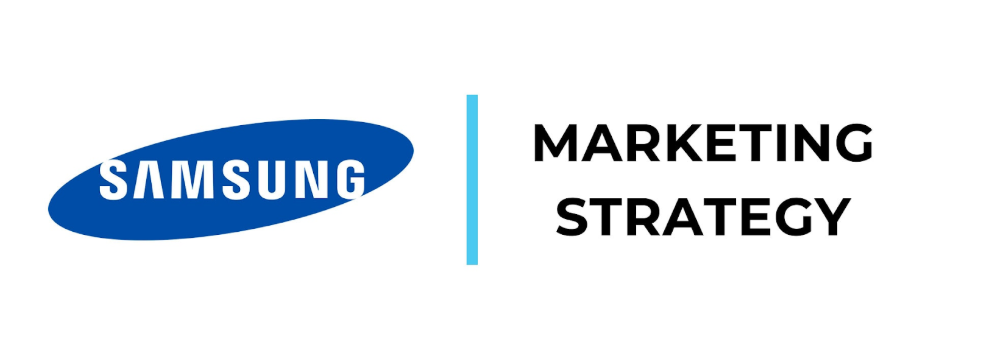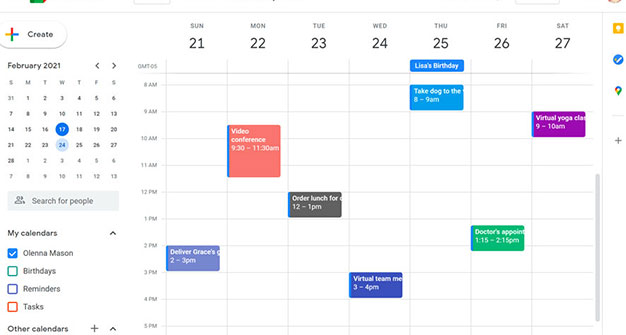AI in Performance Marketing—How You Can Automate Your Marketing Campaign Optimization
AI-driven performance marketing is no longer future talk; it’s the present. AI-driven performance marketing has become a necessity. Brands and agencies alike are turning to artificial intelligence to automate, optimize,…




















![Read more about the article Flipkart Marketing Strategy [End to End Case Study]](https://thirdeyeblindproductions.com/wp-content/uploads/2024/08/Flipkart-marketing.webp)












